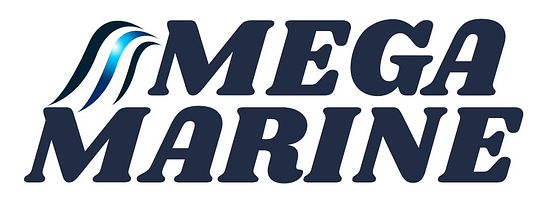Radio Operating Procedures
Your two-way radio is your communication lifeline so it is important to remember that you:
•Do not transmit unnecessarily
•Listen before transmitting and avoid interfering with other stations
•Use one of the following calling distress channels:◦27MHz channel 88
◦VHF channel 16
◦HF frequencies 4125, 6215 and 8291KHz
•Maintain best contact channel or frequency and be guided by the coast or limited coast station when sending distress messages
•Arrange to switch to a working channel once you have made contact with the person you called for non-distress messages
•Always use your call sign or the name of the vessel for identification – use of given names or surnames is not permitted
•Keep messages brief and clear
•Be familiar with the type and syntax of emergency, urgency and safety messages
•State your position, the nature of the distress, the time afloat, the type of vessel and the number of people involved if making a distress call
•Stop transmitting when requested to do so by a coast station.


